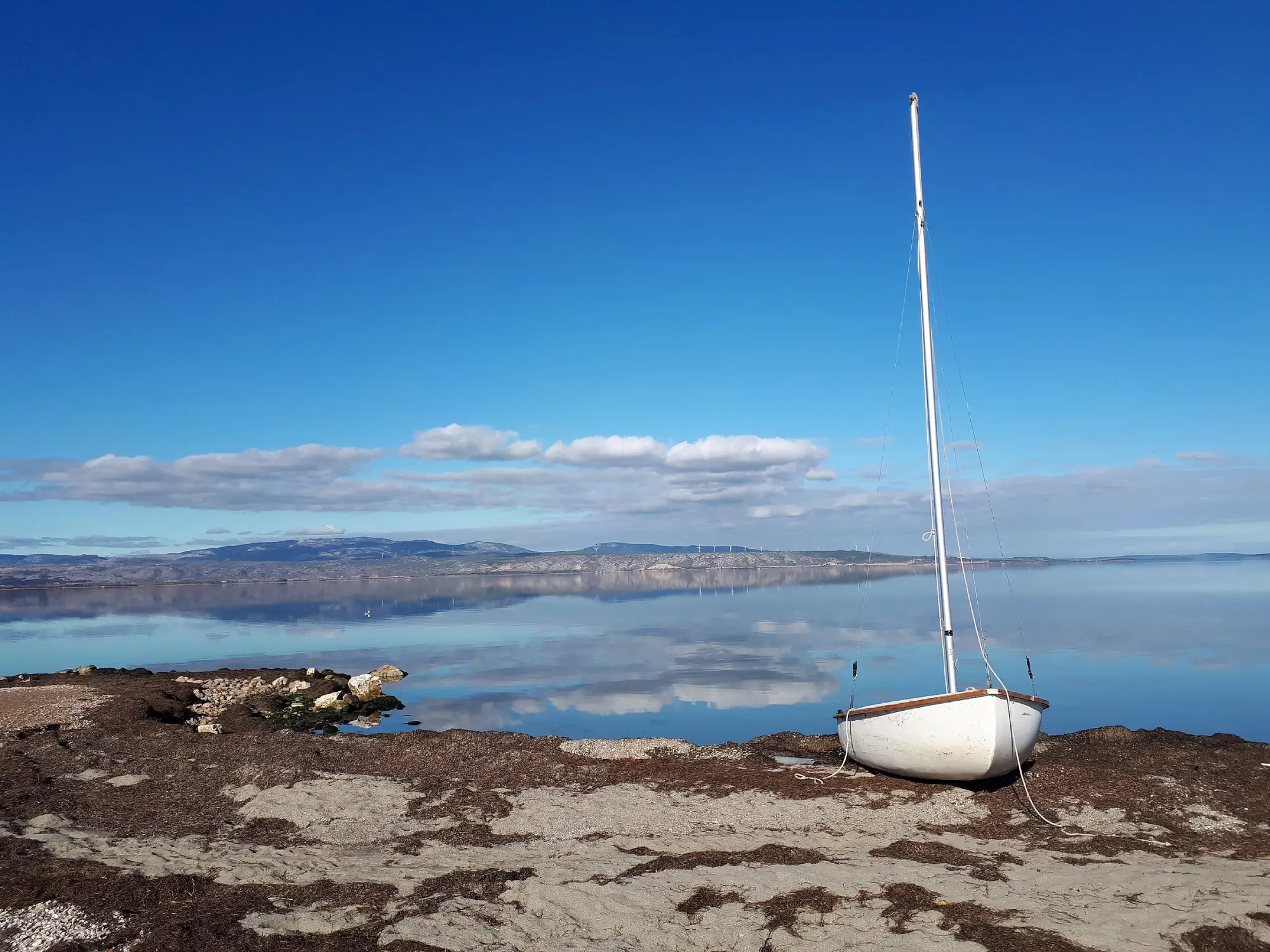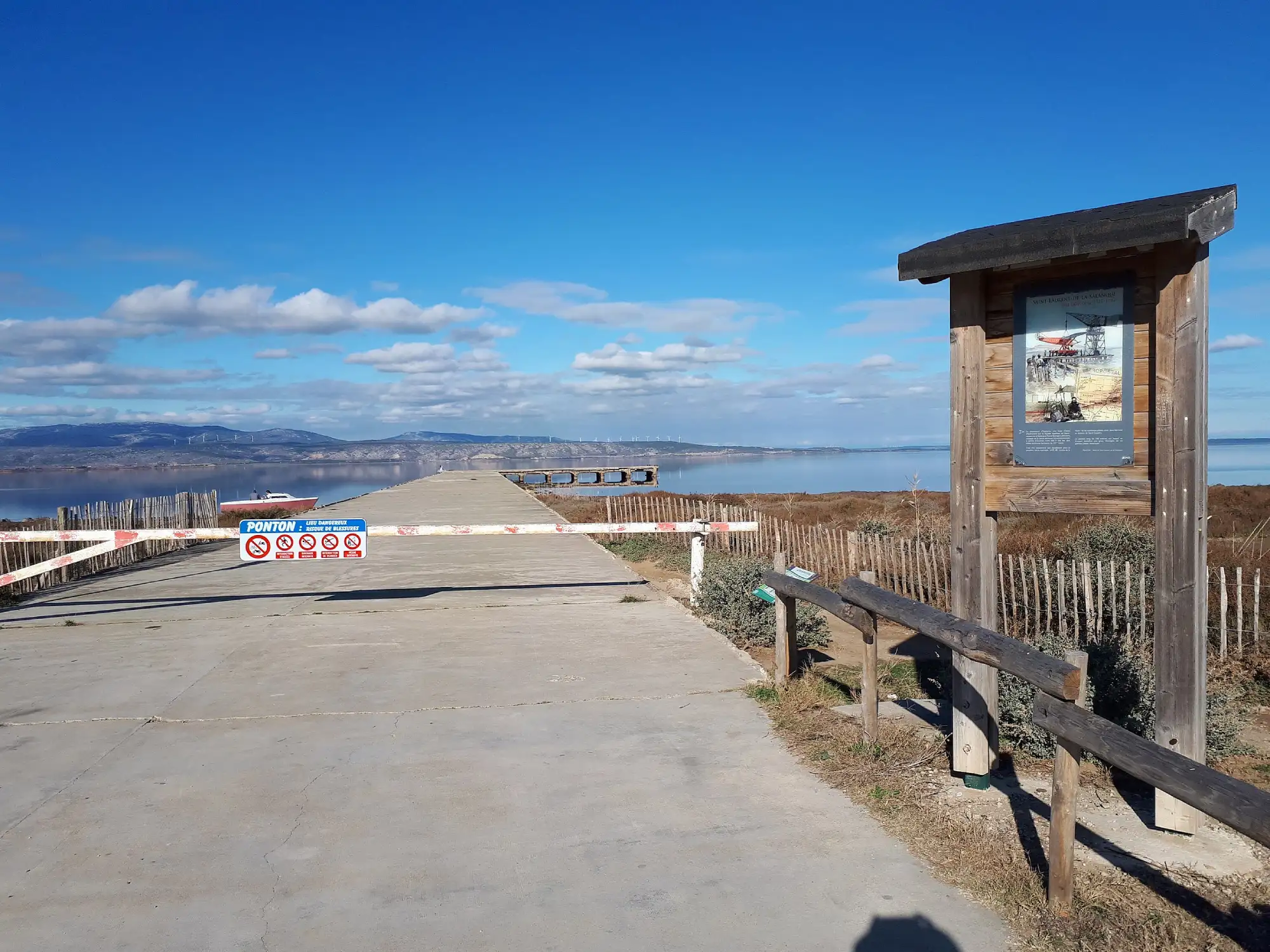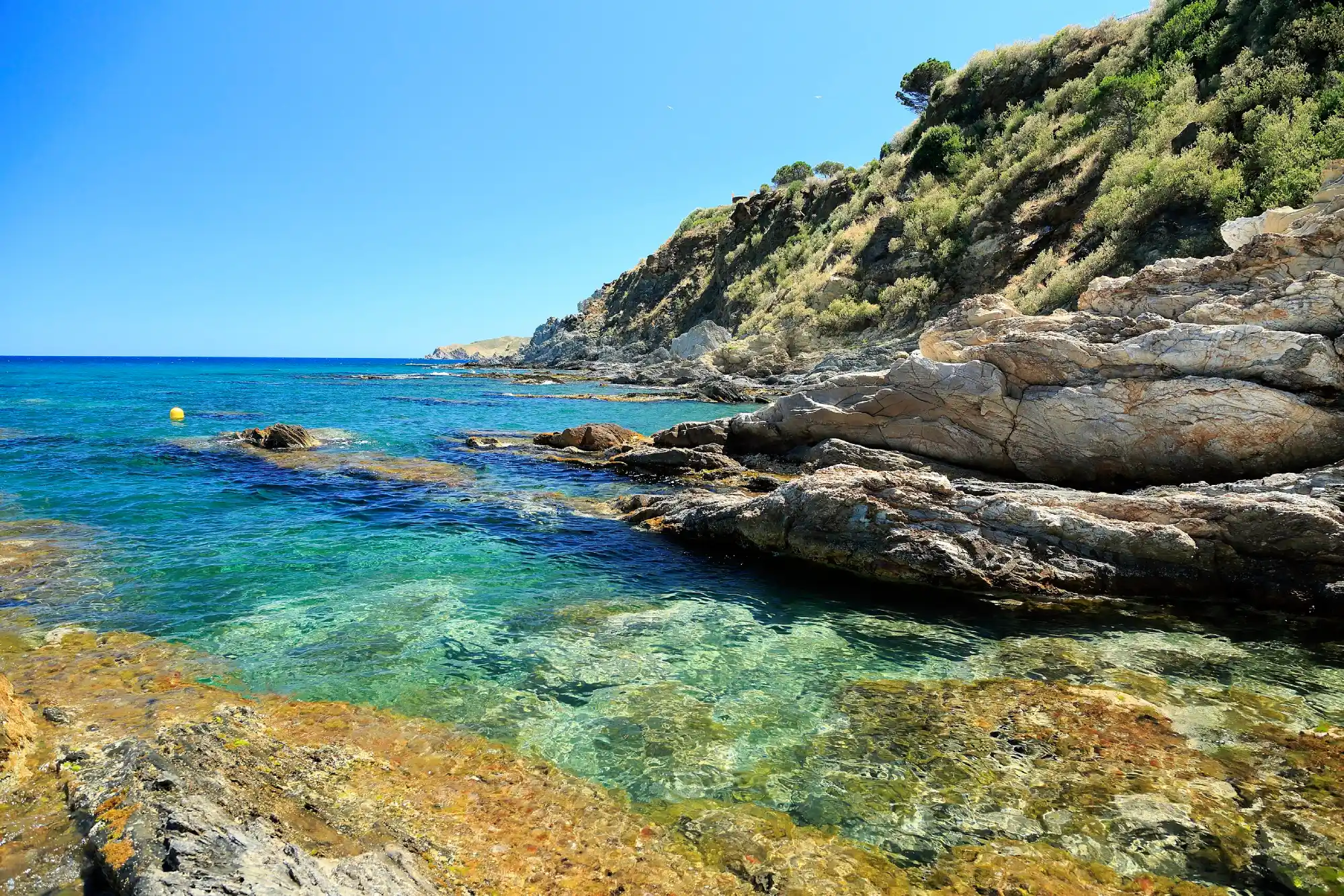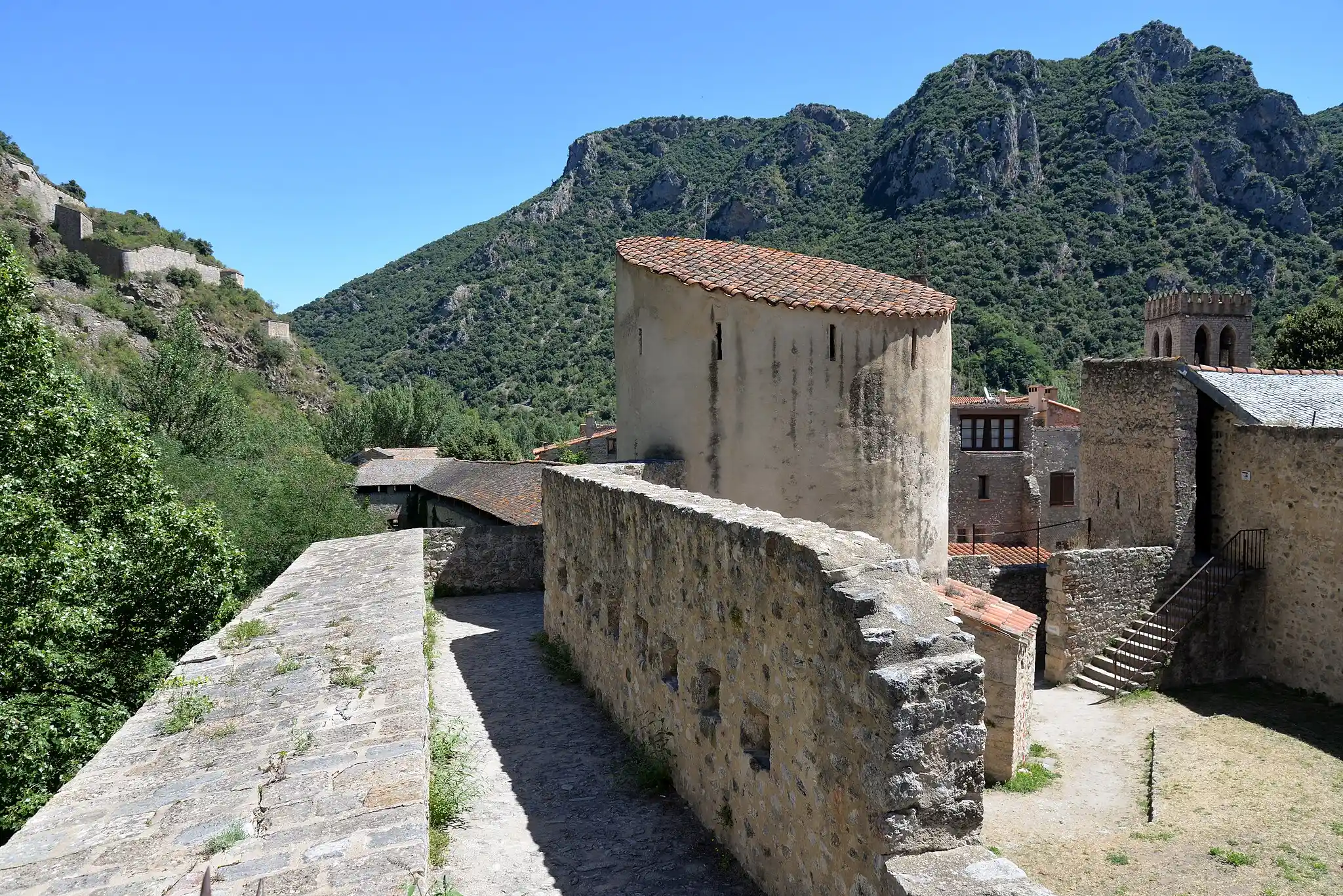La Salanque
In the north of the Catalan region, the Bois Fleuri campsite in Argelès-sur-mer invites you to discover the Salanque, a small region of ancient salt marshes that has become a fertile valley of renowned produce. A landscape of plains contrasting with the relief of the Corbières and Albères mountains!

What is Salanque?
A natural region in the Pyrénées-Orientales département, Salanque stretches between the Agly valley, the Roussillon plain and the Mediterranean Sea, around the Etang de Salses. The course of the river Têt borders Salanque to the south.
Formerly a land of Mediterranean marshes, the Salanque is now a fertile territory that concentrates much of Roussillon’s agricultural activity. Market gardening is king here, with the famous Bompas onions and Villelongue artichokes. Much of Salanque is also covered in orchards, producing the peaches and apricots for which the region is famous, including the four varieties of PDO “Roussillon red” apricots.
The terrain surrounding La Salanque offers magnificent panoramic views of the landscape: for example, you can admire the plain planted with vineyards and orchards from the heights of Espira de l’Agly in Montpins, or from Opoul.
Finally, the history of the Salanque region is marked by the French Revolution: like the Vendée, the area was predominantly royalist, in a regional context favorable to the revolutionaries. This tendency still sometimes earns it the nickname blanche Salanque, the white referring to the French monarchy.
Main towns in Salanque
Several towns of comparable importance could lay claim to the status of Salanque capital: Saint-Laurent for its central position, Rivesaltes for its renown, or Villelongue for its urbanization.
Saint-Laurent-de-la-Salanque
The town of this Salanque village appeared between the 9ᵉ and 10ᵉ centuries around an abbey dedicated to Saint Laurent built in 850, of which no remains remain today. In the 11ᵉ century, the parish was attached to the local lordship, then ceded at the very end of the 12ᵉ century to the kingdom of Aragon. During the 14ᵉ century, dyking work was carried out on the River Agly to protect the area from flooding. In 17ᵉ, the first bridge was built over the Agly, and the present-day parish church of Saint-Laurent-de-la-Salanque was built in place of the old Romanesque edifice. Until the 20ᵉ century, Le Barcarès was a hamlet attached to Saint-Laurent. The two communes were not separated until 1929. Saint-Laurent borders the vast Etang de Leucate, where Latécoère set up a hydra-aviation base for aeropostale aircraft. Today, the town of Saint-Laurent-de-Salanque is renowned for its American soccer club, ranked in the top national division, and for its DGSE parachute training center. When it comes to heritage, don’t miss the church, with its high, fortified bell tower.
Villelongue-de-la-Salanque
Today, Villelongue-de-la-Salanque is part of the second ring of Perpignan’s urban agglomeration, and has become particularly urbanized in recent decades. Its origins date back to the Middle Ages, when the village was called Villa Longa. It was from the 14ᵉ century and definitively in the 17ᵉ century that the precision “de la Salanque” was attached to it. The commune grew in a spiral from its church before being fortified in the 14ᵉ century. The village has been successively owned by the kings of Majorca, the kings of Aragon and the kingdom of France. The historic seigneury of Villelongue was replaced in the 15ᵉ century by the d’Oms family, one of the few great medieval families of Roussillon still present in the 20ᵉ century, like that of Banyuls. Villelongue remained one of his fiefdoms until the mid-17ᵉ century, when Louis XIV decided to confiscate the Salanque lands in favor of the Count of Noailles in order to provide for the upkeep of the Perpignan military garrison. Notable buildings include the Saint-Sébastien chapel, the square-towered Saint-Marcel church and the Portalet.
Rivesaltes
The name Rivesaltes evokes both a renowned vineyard and a dark chapter in the history of the 20ᵉ century. On the road to Perpignan, Rivesaltes has had an eventful history: successively occupied by the kings of France in the 15ᵉ and 17ᵉ centuries, it was also pillaged by Spanish troops during the Roussillon War in 1793. The Joffre military camp, created in 1935, was used from 1941 onwards to hold civilians: gypsies, political opponents, Spaniards and foreign Jews. In the free zone, it served as an assembly and transit camp before deportation to Drançy. From 1942 to 1944, it also served as a training camp for the Wehrmacht. The camp’s vocation didn’t end with the Second World War: it also housed and interned soldiers and civilians during and after the Algerian War. A memorial today pays tribute to the people incarcerated in the camp throughout history, during the Spanish War, the Second World War, the Holocaust and the Algerian War: Spanish Republicans, Gypsies, Jews and Harkis. On a lighter note, Rivesaltes is also known for its vineyards and its two AOP sweet wines: Rivesaltes and Muscat de Rivesaltes. The town also boasts a rich architectural and cultural heritage, including the ramparts, the clock tower, the Saint-André church, the Maréchal Joffre museum and the Guinguette distillery.



